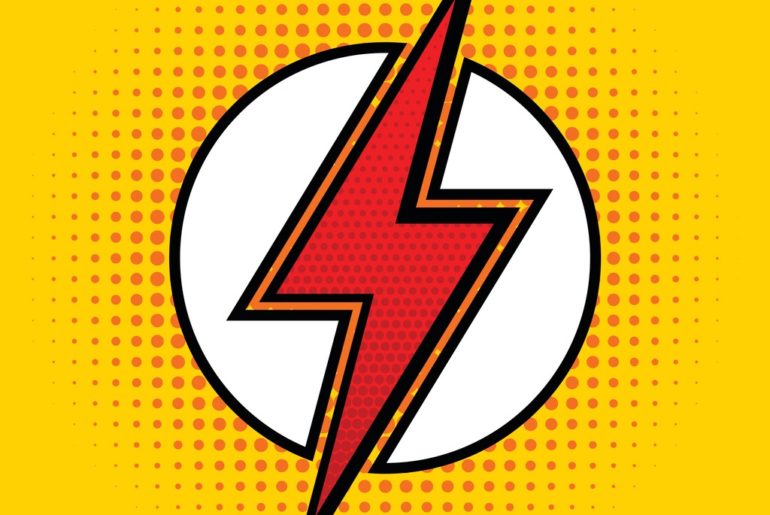Google’s Accelerated Mobile Pages (AMP) program has helped publishers drastically reduce page load times on the mobile web. The technology works by stripping away all non-essential page components and third-party scripts.
Whenever you see the bolt icon next to a webpage, it means that the page will load within a fraction of the time taken by a regular HTML webpage. But AMP is not without its problems and publisher reaction to the technology has been mixed.
The same things that make AMP webpages load faster also make essential tasks such as analytics tracking and delivering ads difficult to implement for the average publisher. Over time, Google has made improvements to AMP to fix some of those concerns.
One common complaint publishers have with AMP is how webpages are served with “www.google.com/amp/xyz” in the address bar instead of the publisher’s original URL. The reason this happens is because AMP pages are cached on and delivered from Google’s own data servers instead of the publisher website.
Want to know more about AMP ads? Click here.
On Tuesday, Google said that it is trying to fix that problem by announcing support for something called “Signed Exchanges”. “We heard both user and publisher feedback over this, and last year we identified a web platform innovation that provides a solution that shows the content’s original URL while still retaining AMP’s instant loading,” the announcement said. What this means is that now when a user clicks on an AMP link, they will see the publisher’s original URL in the address bar. “Signed exchanges enable displaying the publisher’s domain when content is instantly loaded via Google Search. This is available in browsers that support the necessary web platform feature—as of the time of writing, Google Chrome—and availability will expand to include other browsers as they gain support (e.g. the upcoming version of Microsoft Edge).”

But what is a signed exchange and how does it work? Signed exchange is a file format that allows a browser to trust a document as if it belongs to the origin (read: publisher’s website). Apart from displaying the original URL, signed exchanges also allow publishers to use first-party cookies, thereby simplifying how analytics tracking works on AMP pages.
It’s the solution publishers have been waiting for, but implementation may take time. In order for this to work, every technology on every step of the way, has to support signed exchanges, including the browser, the search engine, and the publisher’s website. For now, this means that original URLs will work for Chrome users accessing a webpage via Google search, and only if the original website has implemented support for signed exchanges.
Also read: The Right Way to Monetize AMP Inventory
This kind of slow, consensus-building approach is common to web standards. Remember how long it took for ads.txt standard to gain traction among vendors and publishers? It’s the same for signed exchanges. Nevertheless, it is a step in the right direction.
Want to get started? Follow the guide Serve AMP using Signed Exchanges, available on amp.dev. If you use a CDN provider, things may be a bit easier and you can just ask them directly if they can provide AMP signed exchanges. Cloudflare has recently announced that it is offering signed exchanges to all its customers free of charge.

Shubham is a digital marketer with rich experience working in the advertisement technology industry. He has vast experience in the programmatic industry, driving business strategy and scaling functions including but not limited to growth and marketing, Operations, process optimization, and Sales.







